|
June 15 - Balsam Lake, City of Kawartha Lakes June 16 - Innisfil area, Simcoe County June 17 - Bala area, Muskoka District June 18 - From Bala to Elk Lake, Timiskaming District June 19 - Elk Lake to Fraserdale June 20 - Boreal Butterflies and Woodpeckers of Fraserdale June 21 - Smooth Rock Falls to Hearst Birding, Matachewan Mothing June 22 - Matachewan to Hilliardton Marsh June 23 - Purplish Coppers in Parry Sound District The next morning I headed west towards Orillia where I met up with a good friend of mine, Dave Szmyr. We enjoyed a fine day of early summer birding along with a detour to Sawdust City Brewing Co. in Gravenhurst - always a worthy stop! I did not take any photos during the day though we did have a few nice finds. These included several "good" breeding birds for Muskoka District - Ruby-crowned Kinglet, Sedge Wren, Canada Warbler and Vesper Sparrow. A fine day, indeed. Dave and I spent the night with our friends Josh and Sarah who live along the south shore of Lake Simcoe. I set up my moth light and sheet; it was quite the hit with their six year old twin girls! Below are a few of the moths. It was a bit tricky capturing good photos amongst the pandemonium, but we had a blast. As common as it may be, the Hickory Tussock Moth really is a sharp-looking species. I had never observed this species of wasp before. Known as the Spotted Wood Wasp, the larvae bore into decaying wood before pupating and emerging as the adult. These wasps are closely related to horntails and sawflies. Unfortunately for the girls, the coolest moth of the night did not arrive until after they were whisked away because of their bedtime, much to their chagrin. They were pretty excited to see photos of the Cecropia Moth the next morning, though. In my previous post, I discussed several species of moths that have evolved independently to appear much like bird droppings. Below is another bird-dropping mimic, Schlaeger's Fruitworm Moth. Fishflies (Chauliodinae) are ferocious looking beasts. They are about the size of a large moth and are equipped with a nice set of mandibles. Though, the mandibles on a fishfly pale in comparison to those possessed by male dobsonflies (Corydalinae). This next species is called the Spring Fishfly and in early June it is possible to see hundreds of them on your moth sheet, provided that you have set up close to a suitable wetland. From a distance they look like large moths flapping around on the sheet. They can be more than a little annoying to a moth-er! Fish flies can live for several years, though most of that time occurs during the aquatic larval stage. Adults only live for a few days. They have a race against the clock to mate and lay eggs in these few short days. The Eastern Panthea is a common moth in southern Ontario as well as elsewhere in eastern North America. It too is an attractive species in my mind. One common theme with widespread and abundant moth species is that the caterpillars are not picky and are willing to feed on a variety of host plants. In the case of the Eastern Panthea, its caterpillars feed on numerous conifers, such as spruce (Picea), tamarack (Larix) and pine (Pinus). Have you ever seen a round gall on the stem of a goldenrod and wondered what caused it? There are several answers, each one being a different species of insect. The Goldenrod Gall Fly (Eurosta solidaginis) is perhaps the most well-known species whose larvae burrow in the stem, instigating the plant to proliferate cell growth which creates the gall. But there are other insects which exhibit this behaviour including at least two species of moths. This next one is creatively named the Goldenrod Gall Moth (Epiblema scudderiana). Its larvae are equipped to produce glycerol, which acts as a sort of antifreeze and enables the larvae to survive temperatures below freezing. The last moth I wish to highlight from the evening is called the Hollow-spotted Plagodis. I do not have any fun facts about this one, I just thought it was a handsome moth. The following day I would be traveling a little further north to the Bala area, for a day of exploring some rock barrens following by another night of mothing. That will be the subject of the next post.
2 Comments
8/11/2022 09:31:32 am
Dave and I spent the night with our friends Josh and Sarah who live along the south shore of Lake Simcoe. I truly appreciate your great post!
Reply
Leave a Reply. |
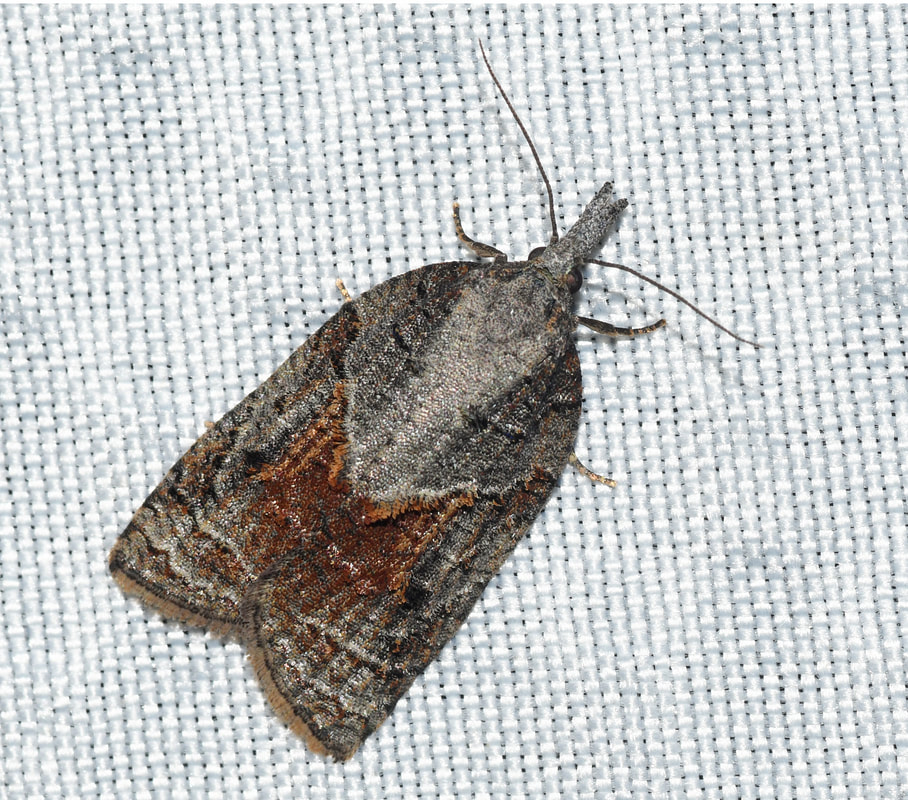
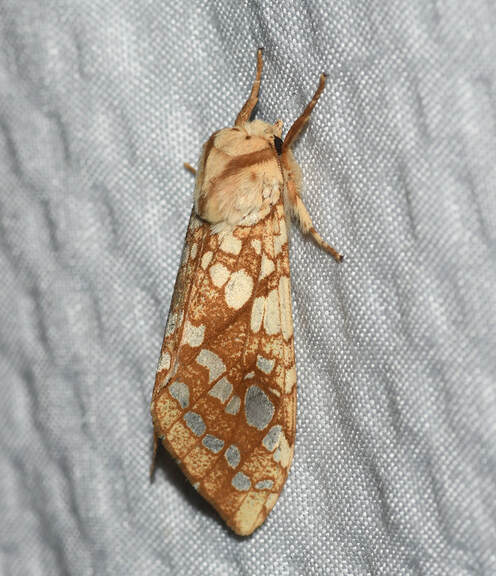
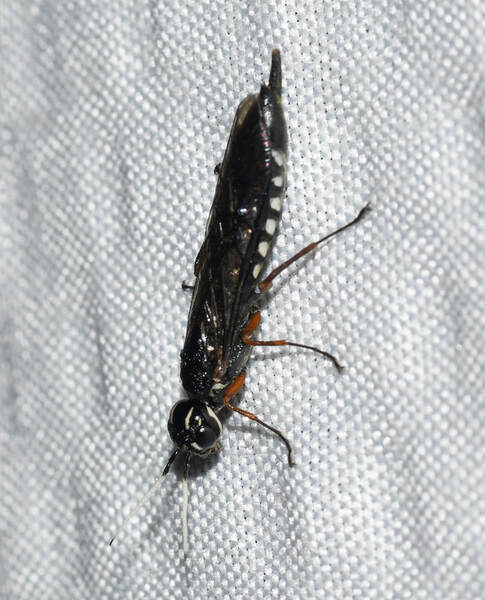
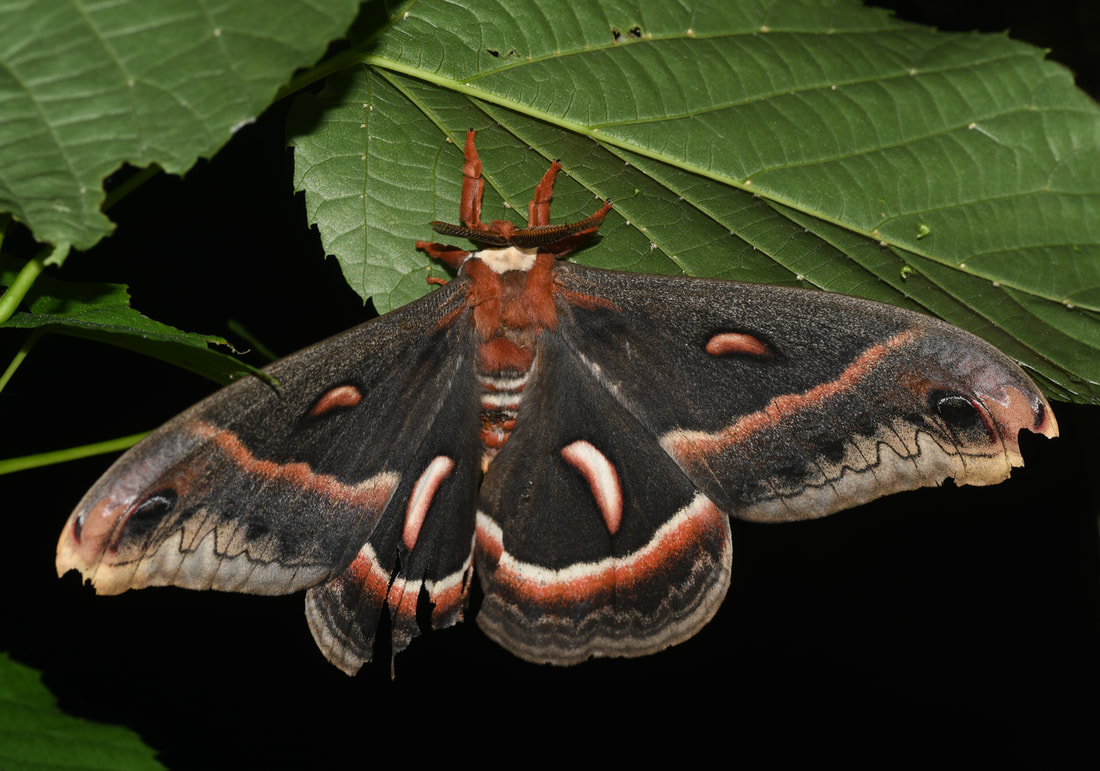
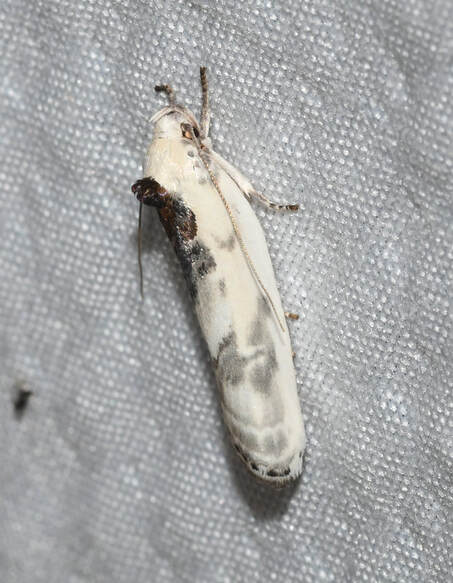
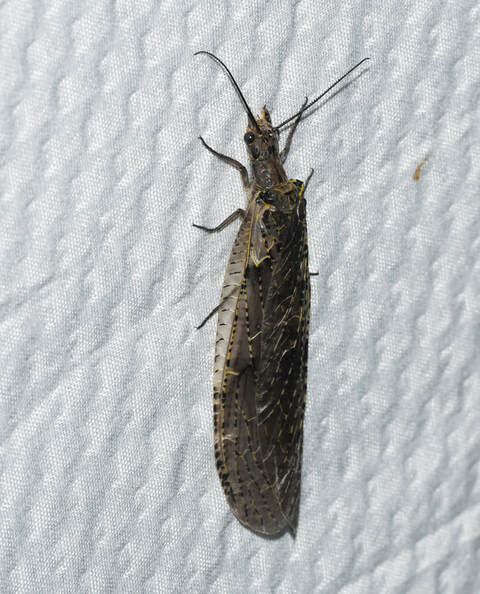
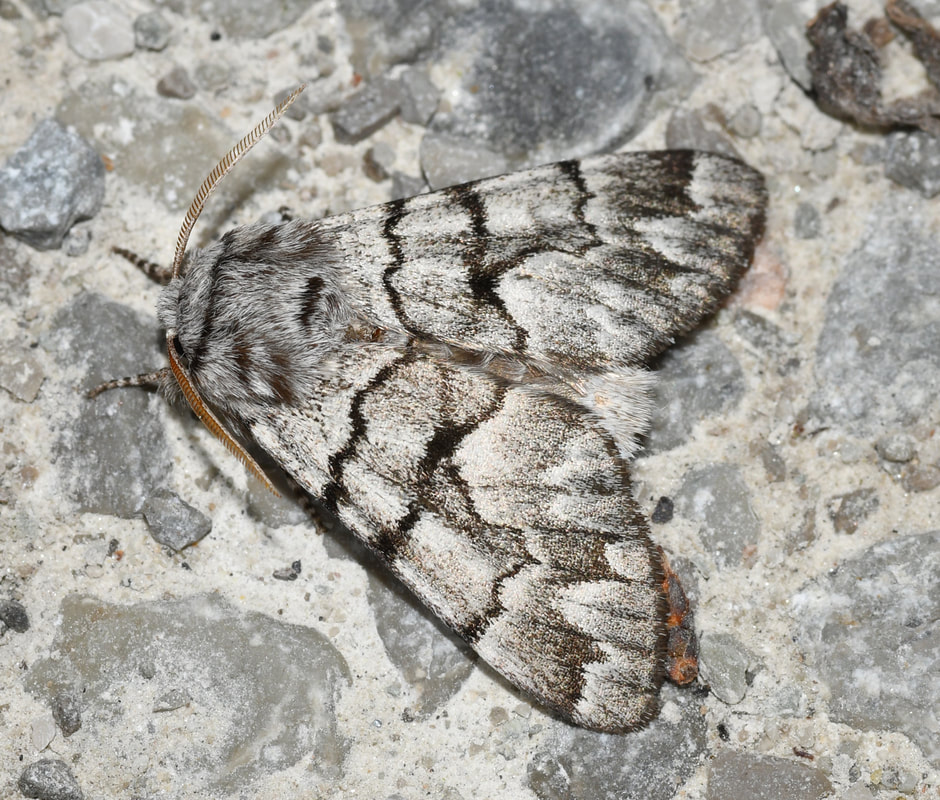
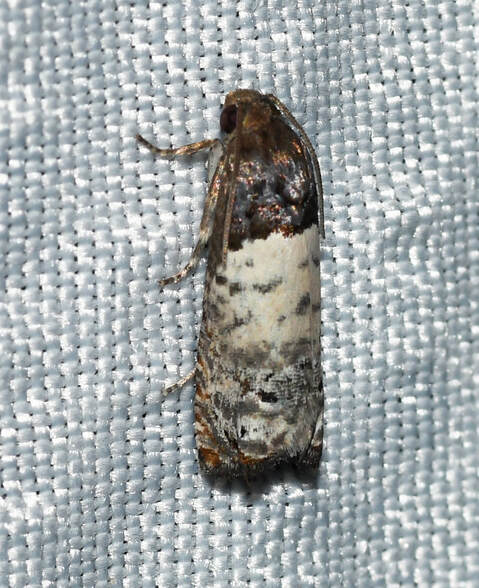
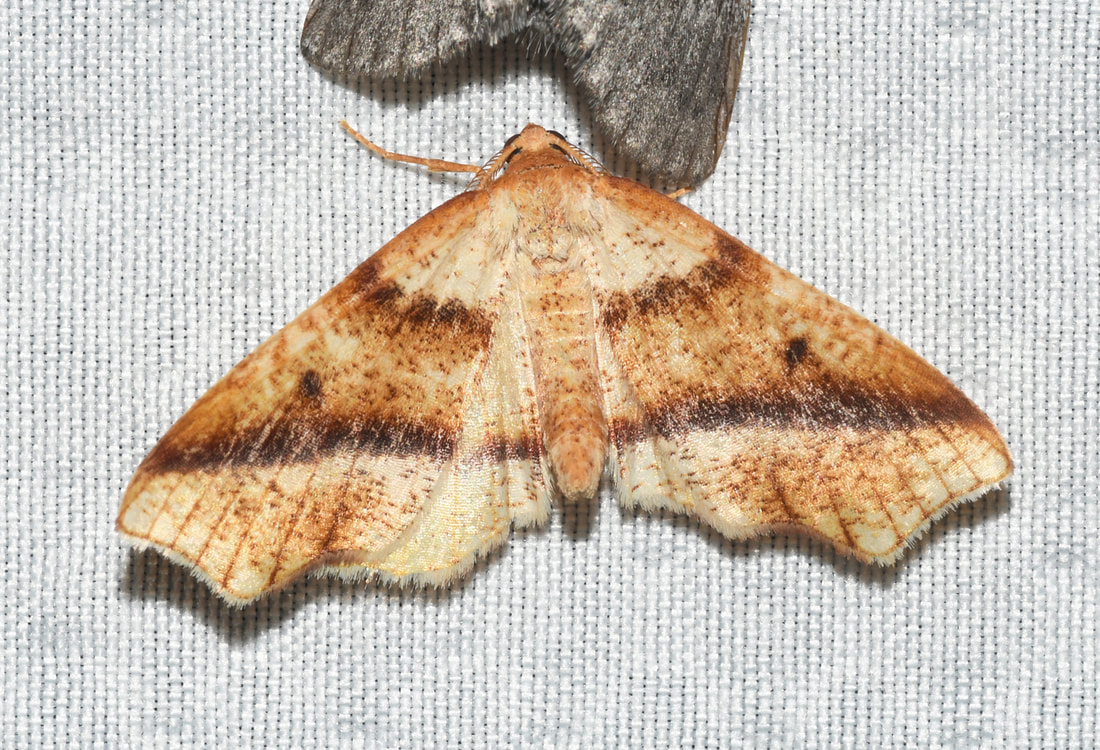
 RSS Feed
RSS Feed